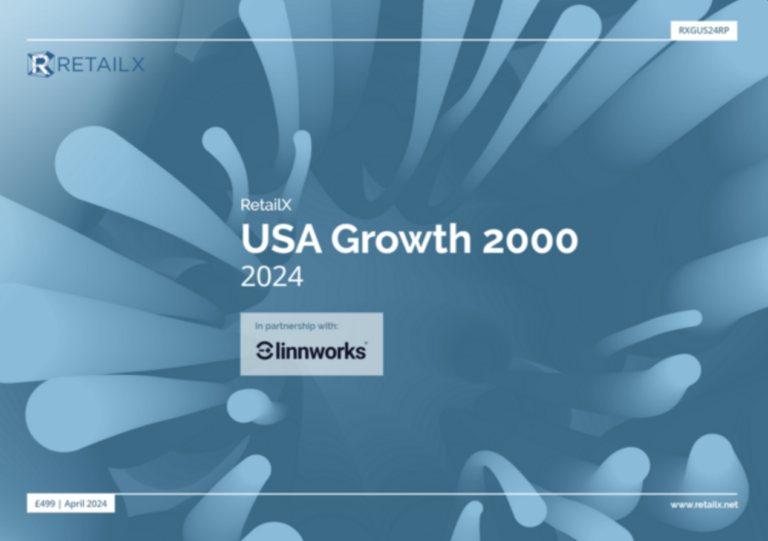Lorna Crowley, Head of Marketing at Engage Hub, considers how the communication channel of choice for customers will fair in the time of virtual, voice activated assistants.
“Alexa, have you been bought more than 11 million times?”
The answer to this question is a simple, yes. By January 2017, that was the number of models that had been sold across the UK, US and German markets and by 2020 it is predicted the revenue generated by Amazon’s Echo and Alexa could exceed $11bn.
In February the number of skills Amazon Alexa reached was 10,000 – an exponential increase since last summer – signaling its ability to act as a diverse range of things from information source, audio speaker to control system.
This rise in popularity and growth of sale, plus the reality that this voice activated assistant is embedding itself in many more living-rooms starts to beg the question how the communication channel of choice for customers will change as they integrate Alexa into their everyday.
‘The age of the voice’ is altering the way consumers interact with brands. In previous times, telephony has been the popular choice for customer service queries, now consumers have the option to interact with a business without even picking up the phone or talking to a real person. There has been a shift in channel popularity, with interactive SMS messaging – the tool of choice for consumers to leave customer feedback or change account details at one stage– taking a back seat to popular AI driven personal assistants facilitating requests and connecting the user to their company of choice.
Alexa is changing the way we search for goods and services. Through one simple command Alexa can order you a pizza right to your door or tell you where to buy that dress you have your eye on for your summer holiday (most likely Amazon).
The real question for businesses is how do they respond to this? How can they ensure they prepare for the voice evolution and adapt to the way their customers want to interact with them? And are some industries adapting faster than others? Or have they all already woken up to the reality that the customer communications landscape is being modified; and the likes of Siri, Cortana and Alexa are responsible for this change?
Alexa, are you industry selective?
The use of voice to command action is not restricted to one sector.
A multitude of industries are adapting to encompass the use of voice including retail, financial and delivery services.
In banking, Capital One has recently teamed up with Amazon to allow its customers to access their bank accounts using voice via Alexa. This provides an insight into an AI powered future whereby customers can ask Alexa what their balance is, make a payment and ask when one’s due all by using voice.
FedEx is also implementing new ordering channels that can be activated though the use of voice. FedEx is building an app that enables you to ship packages by saying, “Alexa, I want to ship a package,” Once customers have completed the package details, a FedEx truck arrives to the customers location to pick up the package and ship it to the desired location.
Alexa; with what speed is the retail market adapting to you?
For retailers, emitting a strong online presence is vital for them to become cross-channel suppliers. Finding another way of integrating the online store with automated replenishment services, combined with the growing number of digital assistants, is poised to quickly become a necessity.
Large retail brands are starting to see the fundamental value of voice and voice activated assistants. Two that have forged ahead with particular rapidity and innovation of uptake are Tesco and Amazon. Tesco is trailing voice ordering through Google Home offering a more user friendly shopping experience for their customers while Amazon is taking it one step further.
Instead of merely enabling customers to buy products using their voice, Amazon implemented Alexa-only deals, whereby users simply have to say “Alexa, what are your deals today?” and Amazon provides key products at discounts based on its knowledge of the consumer.
With two such formidable outfits acting as trail blazers and taking up new means of communication with their customer, it seems likely that consumers can expect to be doing their shopping, using just their voice, in the not so distant future.
Voice Activation: It’s time for your company to prepare for the new age
Quite rightly, customers and business professionals around the world are getting excited about natural language technology. The challenge now is creating a seamless customer experience that will keep them coming back for more.
The first stage in preparing yourself for the new frontier is early adoption. Your business needs to have a voice activated assistant. There’s plenty to choose from depending on your requirements so purchasing is the first step. Besides the obvious advantages of letting your developers experiment, setting up a device in your office can really help productivity for everything from scheduling a meeting to ordering stationary.
Ensuring your website and apps recognize voice-enabled searches is a very small piece of the puzzle but an important one. Implementing natural language understanding to deliver a seamless customer experience across multiple devices, that all talk to each other, will be the difficult part.
Another element of utmost standing is building trust. Trust is a key consideration at a time when customers are used to reading about high profile data privacy breaches on an almost daily basis. Amazon is currently developing speaker recognition features for Alexa so we may see a surge in biometric security to ensure that purchases and financial information are kept safe and secure – critical if consumers are going to adopt the technology and keep coming back. Keep a lookout for announcements to make sure you and your business stays ahead of the curve.
And finally, begin to think about integrating data from Amazon’s Alexa to deliver relevant messages via SMS, e-mail or push notifications to customers on the move. For the time-being, Alexa is restricted to just the home, so consider how you can also combine geo-location technology with spending habit information from Alexa to create the ultimate digital experience for the ‘on-the-go’ consumer.
The fast moving, inquisitive and time poor consumer is who business is catering for. The need to anticipate their needs in order to stay ahead of the curve, remain competitive and attractive is integral. The customer communication landscape is being modified, business needs to move with these times and ensure the correct channels are accessible.









